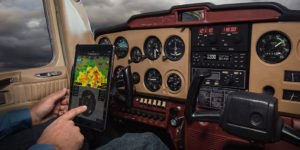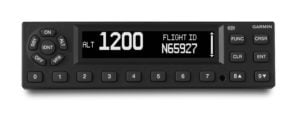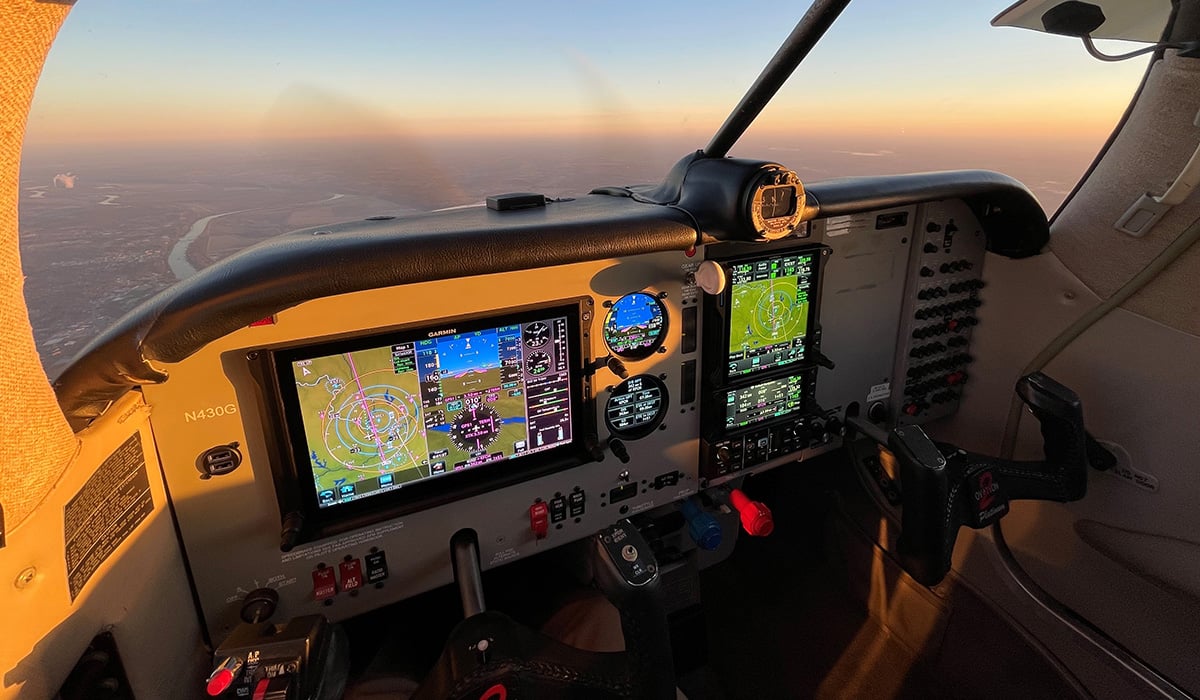
ADS-B Airspace and Your Airplane
One look at a U.S. aviation sectional chart and you’ll instantly notice a peppering of blue and magenta dots and rings. These markings, which may look like a severe case of chicken pox to some, have a completely different meaning for pilots. They represent opportunities, destinations, and adventures. And they demonstrate just how significant general aviation is in the United States, and how no other country in the world can match the same level of aviation infrastructure we have. These blue and magenta dots and rings, of course, represent our airports and airspaces.
In just a few short years, we’ll be required to evaluate these airports and airspaces in a slightly different way, as the rollout of NextGen airspace moves air traffic control into the 21st century by utilizing advanced GPS technology. This technology, which will feature something commonly known as ADS-B, will not only upgrade our ATC system, but will also provide valuable information to pilots including subscription-free weather and traffic information.
 So will your airplane need to be ADS-B equipped? That depends. If you plan to fly into airports and airspaces that currently require a Mode C transponder, then you will probably need to be ADS-B equipped. Class B and C airspace will require ADS-B “Out” equipage, as will flight within Mode C veils. There are exceptions to that rule however; for example, if you’re aircraft is certified without an electrical system it will be pretty difficult to install electrically-driven ADS-B equipment. Fortunately, we’ve kept those folks in mind, creating our GDL 39 series of portable ADS-B receivers, which provide pilots a portable, battery-powered ADS-B “In” option to track weather and traffic data on a compatible portable or mobile device (The GDL 39 series provides ADS-B “in” information only, it does not satisfy ADS-B “out” requirements).
So will your airplane need to be ADS-B equipped? That depends. If you plan to fly into airports and airspaces that currently require a Mode C transponder, then you will probably need to be ADS-B equipped. Class B and C airspace will require ADS-B “Out” equipage, as will flight within Mode C veils. There are exceptions to that rule however; for example, if you’re aircraft is certified without an electrical system it will be pretty difficult to install electrically-driven ADS-B equipment. Fortunately, we’ve kept those folks in mind, creating our GDL 39 series of portable ADS-B receivers, which provide pilots a portable, battery-powered ADS-B “In” option to track weather and traffic data on a compatible portable or mobile device (The GDL 39 series provides ADS-B “in” information only, it does not satisfy ADS-B “out” requirements).
For aircraft owners that will be required to install ADS-B “Out” equipment in their aircraft there are few considerations to make first. Will you be flying above 18,000 feet? If so, you’ll need to make sure your equipment is 1090 MHz ADS-B “Out” enabled. If the maximum altitude you plan to fly is below 18,000 feet, then having equipment that broadasts on 978 MHz UAT is sufficient. Most of our most popular ADS-B products meet both specifications, including our GTX 345 all-in-one ADS-B transponders and GDL 84 and GDL 88 series of dual-link Universal Access Transceivers, which feature our patented AutoSquawk technology. This AutoSquawk technology allows the GDL 84 or GDL 88 to “talk” to most third-party transponders on the market a way for aircraft owners to become ADS-B compliant while keeping their existing transponder.

GTX 345 All-In-One ADS-B Transponder
To check out our full line of ADS-B products, and find the perfect fit for your airplane, browse the aviation section of Garmin.com or contact our experts at 1-844-GET-ADSB or [email protected].




